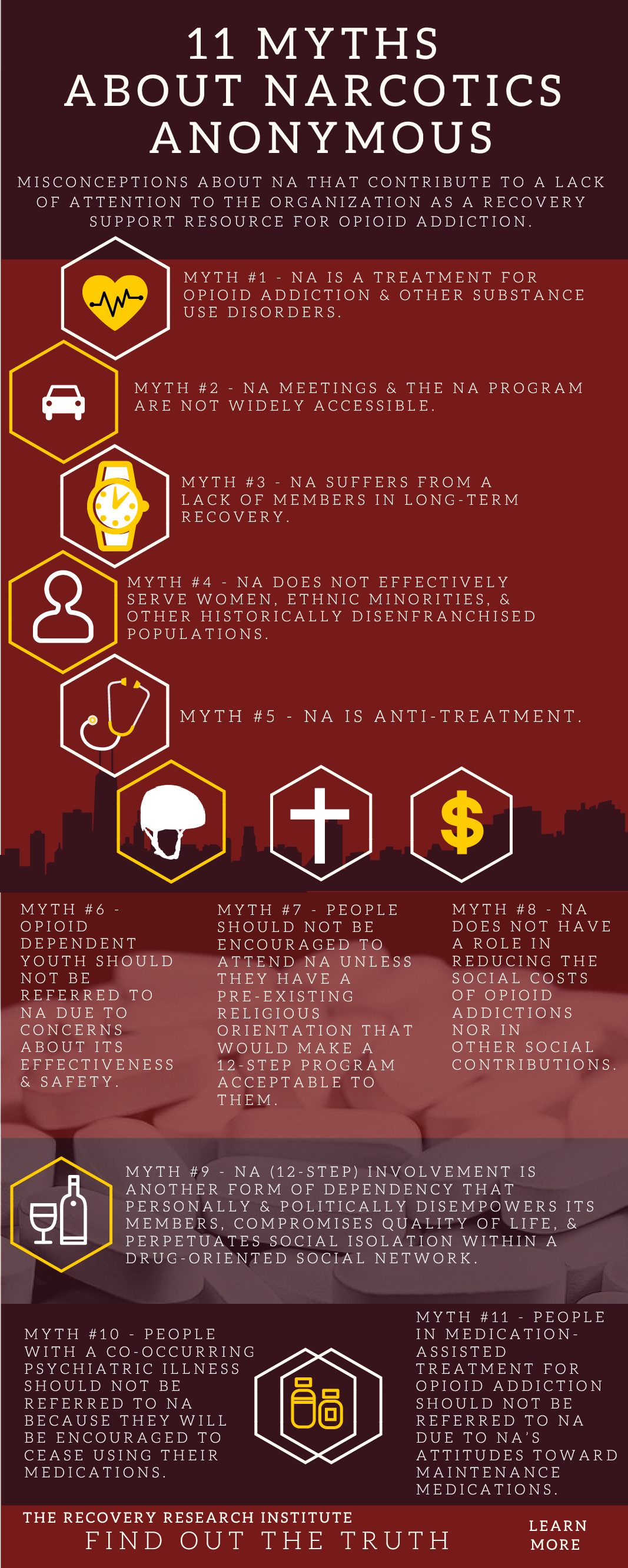Here are some of the popular misconceptions about NA that contribute to a lack of attention to the organization as a recovery support resource:
The Council on Recovery believes that Twelve-Step programs, patterned after Alcoholics Anonymous (AA), play a vital role in the recovery process. We strongly recommend attendance of Twelve-Step meetings to our clients. However, the meetings and groups themselves are entirely autonomous and are not affiliated with The Council beyond our provision of space for them to hold their meetings.
For a complete listing of Twelve-Step meetings held each week at The Council, including Narcotics Anonymous, click here:
If you or a loved one has an alcohol or drug problem, and need help, call The Council on Recovery at 713-942-4100 or contact us online.

